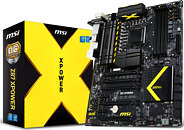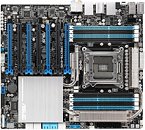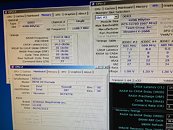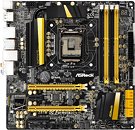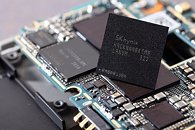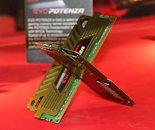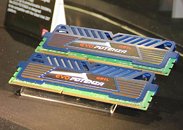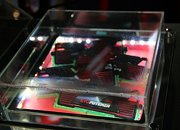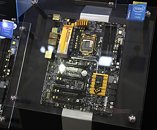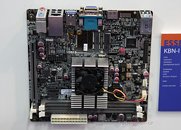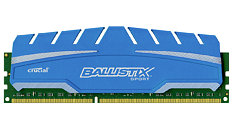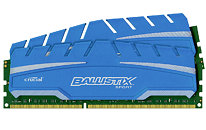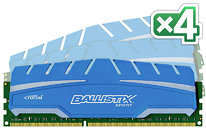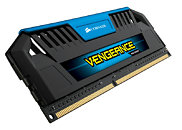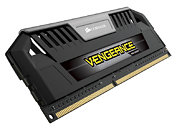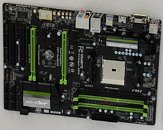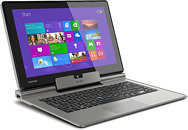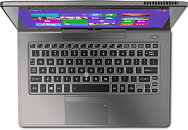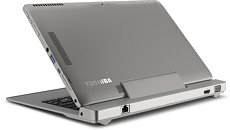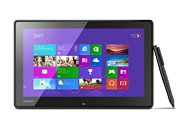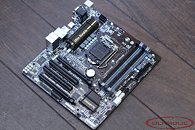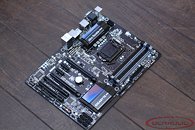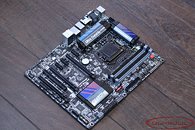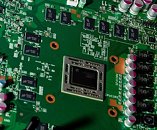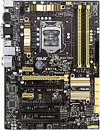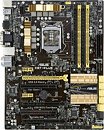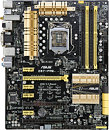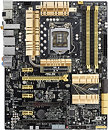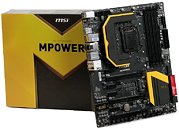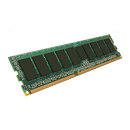
Faster Acer C7 Chromebook at Walmart for $199
Acer America today announced that a new model in its Acer C7 Chromebook line, the Acer C710-2856, is now available at 2,800 Walmart stores for the low price of only $199. The new Acer C710-2856 Chromebook has a 16GB Solid State Drive (SSD) that provides fast boot times and quick access to apps and media for speedier all-around performance.
The affordable price and wide range of capabilities make the new Acer C7 Chromebook the ideal additional laptop for families, students and professionals who need a fast, easy and secure way to get online to do their computing in the cloud, such as using Gmail, keeping up on social networks, shopping and paying bills. The new model is available at an ideal time, since many consumers are looking for a portable computer for summer travel, or are already planning ahead for back-to-college.
The affordable price and wide range of capabilities make the new Acer C7 Chromebook the ideal additional laptop for families, students and professionals who need a fast, easy and secure way to get online to do their computing in the cloud, such as using Gmail, keeping up on social networks, shopping and paying bills. The new model is available at an ideal time, since many consumers are looking for a portable computer for summer travel, or are already planning ahead for back-to-college.





